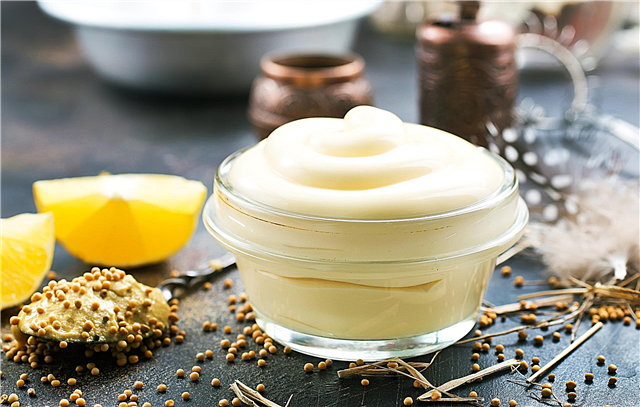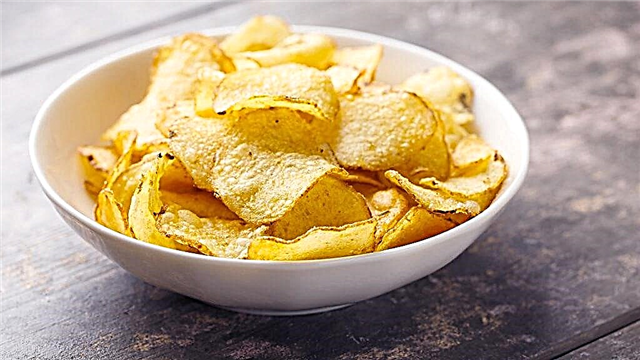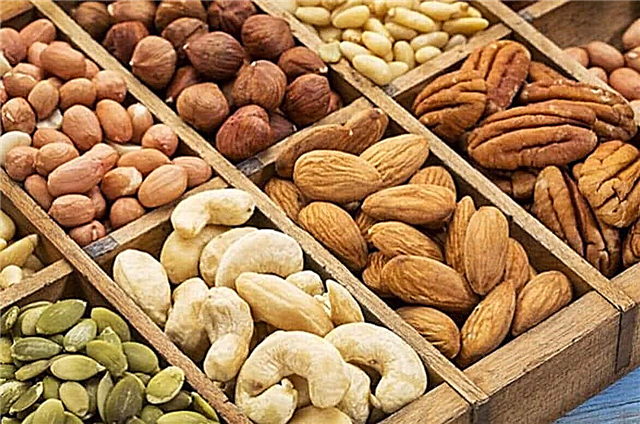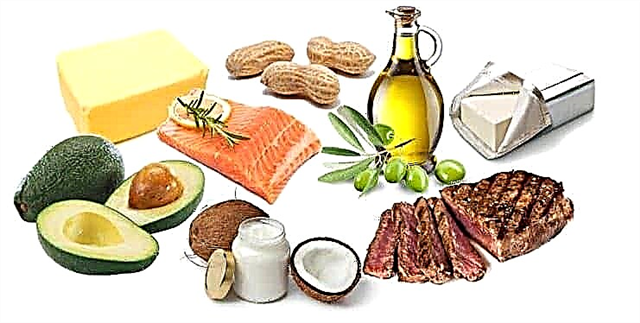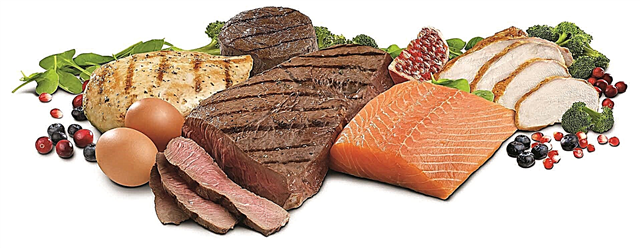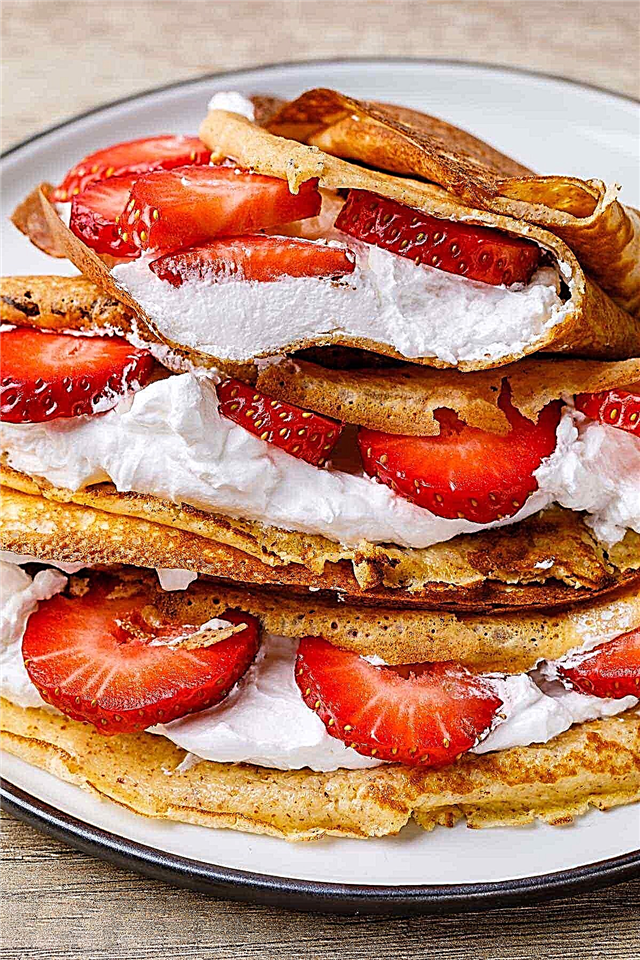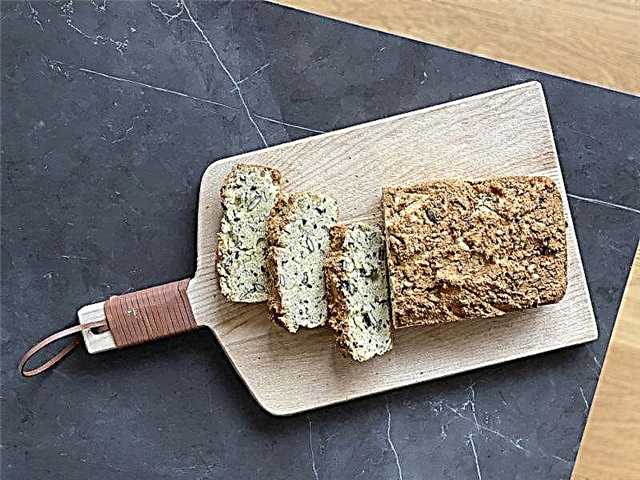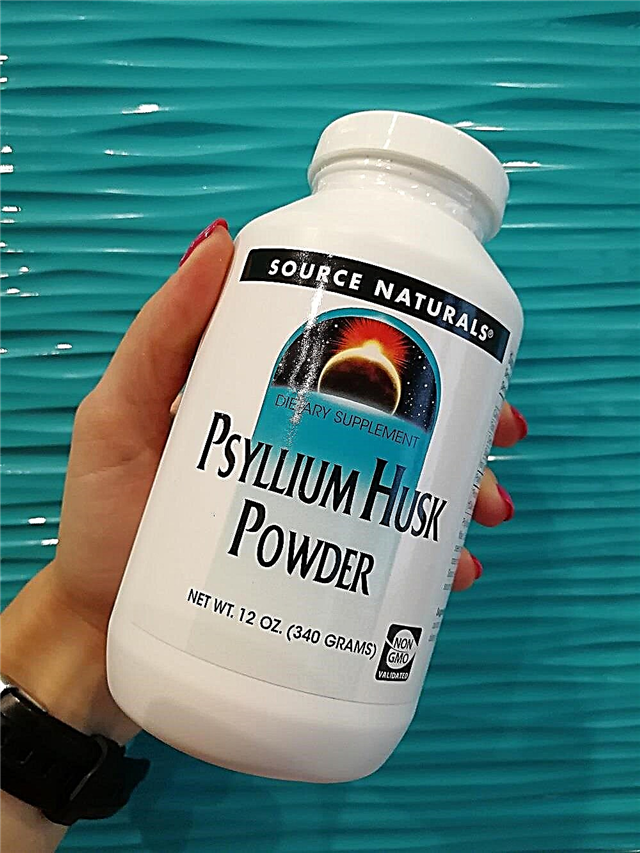All that you wanted or did not want to know about psyllium, now I will tell you. Ground psyllium husk, or ground psyllium husk, has become popular with those who choose a low-carb diet. But what is it? And what is its role in the keto diet, LCHF, and low-carb baked goods? Franziska Spritzler, M.D., wrote a good article on psyllium for DietDoctor.com. I am translating it for you. My opinion on psyllium will be at the end. There is also a link to the original article, which contains links to research.
What is psyllium
The psyllium seed comes from a plant known as Plantago ovata, native to South and West Asia. The seeds are covered with husks, which are a rich source of viscous soluble fiber, cellulose. This fiber absorbs water to form a gel. In fact, almost all of the carbohydrates in psyllium husks come from fiber.
One tablespoon (5 grams) of whole psyllium husk contains 4 grams of carbohydrates in the form of indigestible fiber, soluble fiber.
Psyllium husks can be crushed into powder for use in cooking. Because it is more concentrated, half a tablespoon (2.5 grams) of psyllium husk powder has the same nutritional profile as one tablespoon of whole psyllium husk.
Psyllium husk is also known for its laxative properties.
Health Benefits of Psyllium
- Research shows that psyllium husk can provide several potential benefits:
- May help control blood sugar: By forming a gel with water, psyllium husks can slow the movement of food through your digestive tract and the entry of glucose into your bloodstream. A large review of 35 studies found that taking 5-20 grams of psyllium seeds per day significantly reduced fasting blood sugar and HbA1c values in people with diabetes and prediabetes.
- This effect is likely to be seen mainly in people who eat significant amounts of carbohydrates. On a strictly low-carb or keto diet, this may not help much, since glucose intake is already minimal with this diet.
- May improve some signs of heart disease: Psyllium can bind to bile acids and help lower LDL cholesterol.
- In addition, psyllium has been shown to reduce triglycerides and raise "good" HDL cholesterol, which may lower the risk of heart disease.
- May improve stool consistency. Because of its strong ability to retain water, psyllium husks have a positive effect on bowel function. It can help with both constipation and diarrhea.
Side effects of pisllium
- Unlike many other soluble fiber types, psyllium husks are not easily digested by bacteria in the intestines. Therefore, it is unlikely to cause excessive gassing or other problems. However, if you ingest large amounts of psyllium husk (more than 15 grams per day), you may experience bloating, stomach or intestinal discomfort, and gas.
- Good advice: try to introduce a small amount of psyllium husk into your diet first and gradually increase it.
- With adequate fluid intake and in moderation, psyllium husks are considered safe. Consuming a lot of psyllium without enough fluids can lead to constipation or even a blockage in the intestines in the worst case (and very rarely).
- Allergic reactions to psyllium are rare. However, they have been reported among healthcare professionals who are exposed to large amounts of psyllium in laxatives given to patients. Although the ingredients in the seeds and not in the hulls are responsible for the reaction, the researchers report that these ingredients are sometimes mixed with psyllium husk powder.
Psyllium Benefits
- Psyllium husks can be a very useful ingredient in low-carb meals, especially when baking.
- For many people, quitting bread, pizza, bagels, and other baked goods when starting a low-carb or keto diet is even more difficult than quitting sweets.
- Luckily, psyllium can help you prepare keto-friendly, gluten-free versions of these and other high-carb foods you love. Their texture will be similar to normal. It allows the bread to hold more moisture and achieve a light, airy consistency. It also helps to make the dough more flexible, making it easier to handle and shape.
4 tips for using psyllium husks in baked goods
- Make sure you use the form of psyllium husk indicated in the recipe. For example, most recipes, including the popular keto bread, use ground psyllium husk powder. However, psyllium husk is on sale as well, and some recipes may require it. If you have psyllium husk but the recipe says psyllium husk powder, simply grind the husk in a coffee grinder to a powder.
- In some cases, the finished product may appear purple. There are some online reports of bread and other baked goods that are turning purple from the psyllium of some brands. This does not affect the taste, texture or safety of the product. Don't be alarmed.
- Start slowly introducing it into your diet. It is better to start with a teaspoon per day and no more to give the digestive tract time to digest it.
- Be sure to drink plenty of water or other liquid when consuming foods made from psyllium husks. Like any soluble fiber, psyllium requires water to gel. Drinking too little fluids can lead to constipation. Be guided by this calculation: 250 ml of water per teaspoon of psyllium.
How to replace psyllium when baking
Psyllium is difficult to replace, but if you have problems purchasing, you can try.
- Ground flax seeds 1: 1
- Ground onion seeds 1: 1
- Xanthone gum is another option, but much less is needed. You can substitute 1 teaspoon of xanthan gum for 1 tablespoon of psyllium.
Be aware that these replacements may not work. Or there may be slight variations in taste or texture with any of these alternatives.
Where to buy psyllium
Psyllium can be found in some major grocery stores in the US and Europe. It is commonly found in gluten-free bakeware, health food sections. It happens in the same department as nuts and seeds.
In health food stores.
Husk is also available in some pharmacies due to its laxative effect. Just check the composition of the product, make sure it does not contain sugar or ingredients that are not suitable for keto.
The easiest way to buy a jar of psyllium husk is online.
Psyllium: personal experience
A friend of mine jokingly calls it "unicorn pollen." The husband calls him "psycho".
For a long time I resisted buying this psi ... what is it, an incomprehensible ingredient. For a long time I tried to replace it with something in baked goods, for example, in cheesecakes. In general, I was in vain, because with it all keto baked goods immediately become normal. And the cheesecakes are good. And without this "psycho" I just couldn't do it!
I tried to buy it somewhere offline for a long time, but I couldn't find it. In Moscow pharmacies, it is available only in capsules. It is inconvenient to pick it out of them. In health food stores, when asked about psyllium, they looked at me without understanding. Perhaps the situation will change soon. But now he is nowhere to be found except Iherb.Here's a link to where to buy psyllium.
I can't eat it with spoons every day, it's unpleasant. At one time I added keto cereals to omelets, but now I don't do that. There is no need, it is difficult to get it, so I save a baking can.
Psyllium is highly praised by Dr. Joseph Mercola in his book The Keto Diet. But he warns that it can be fertilized with pesticides, herbicides. Advises to choose "organic" and no additives. There are psyllium recipes in the main LCHF book.
How are you doing with psyllium? Eat with spoons? Where did you buy it?
The video shows my psyllium bank from all sides
And in this video, the contents of the jar. It looks like psyllium powder, brown powder, in general. Nothing interesting)

